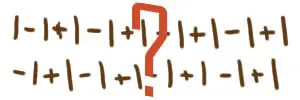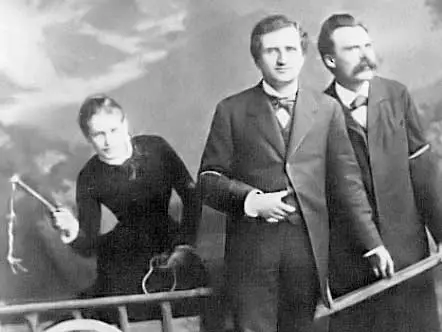Zeno’s paradox of motion – part 2


Zeno’s paradox of motion – part 2
In this post we return to Zeno’s paradox of motion in order to point out another aspect of it. Where in the previous post, we concluded that his paradox points towards motion being inconceivable due to infinite divisibility of space (Aristotle calls it “bisection”), in this one we’ll refer to time. Zeno’s paradox is best explained through his example of a flying arrow. As Aristotle describes the paradox:
“if everything when it occupies an equal space is at rest, and if that which is in locomotion is always occupying such a space at any moment, the flying arrow is therefore motionless”, or simply “the flying arrow is at rest” (Aristotle’s Physics, Book VI.9).
Something can fly, while being at rest – makes sense right?
Aristotle certainly thought it didn’t. He has a quite simple answer to the paradox:
“This is false, for time is not composed of indivisible moments” (Aristotle’s Physics, Book VI.9).
Complex explanation by Aristotle, so let us take another quote that explains this one [sidenote: a quote that explains a quote that explains a quote, etc. – does that count as infinite regress?]:
“So while it is true to say that that which is in motion is at a moment not in motion and is opposite some particular thing, it cannot in a period of time be over against that which is at rest: for that would involve the conclusion that that which is in locomotion is at rest” (Aristotle’s Physics, Book VI.8).
Then again, this is not really an answer to the paradox, but a difference of opinion – a different view on cosmology. As pointed out in the earlier article, Zeno wanted to challenge the traditional view that everything is in constant movement. Positing, as Aristotle does (or later Bergson), that time cannot be thought of as being composed of ‘indivisibles’ [sidenote: what strange language English is – indivisibles], does not really help us with the paradox. Bergson thought of motion as we do in contemporary physics: motion must involve both time and space. Thus, to disprove motion as such, both paradoxes should involve both time and space (and not individually at each occasion).
Having said that, if we accept Zeno’s cosmology, even though physics would refute it, the paradox does not have a solution. What Zeno seems to suggest is this: imagine someone takes a picture of the arrow while it is flying and shows it to you. Will you agree that at that particular moment, in that instance of taking the picture, the arrow was at that space and did not move? If you agree, then you agree with Zeno; if not, you agree with Aristotle.
Despite this, there have been a couple very humorous observations. There is a myth of Diogenes of Sinope (or rather, Diogenes the cynic – or should I say Diogenes the dog as that translates; Diogenes the dawg?). Upon hearing Zeno’s arguments, instead of getting into the discussion, he simply got up and walked. Now isn’t that the best solution to the paradox? Technically that’s cheating, but what else would you expect from Diogenes.
Here is another one, from Randall Munroe from xkcd.com:

This is a 4-part series on Zeno’s paradox of motion.
- Part 1: Zeno’s paradox of motion in relation to bisection of space (Achilles and the tortoise)
- Part 2: Zeno’s paradox of motion in relation to bisection of time (Flying arrow is at rest)
- Part 3: Further applications of Zeno’s paradox: The Ross-Littlewood paradox
- Part 4: Further applications of Zeno’s paradox: Thomson’s lamp








1 Response
[…] Zeno paradox discussed in the previous posts (part 1 and part 2) has one of the most fascinating variations known to man. It is so sublime, that one […]